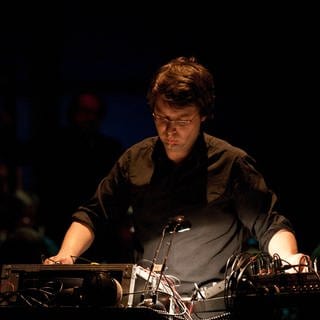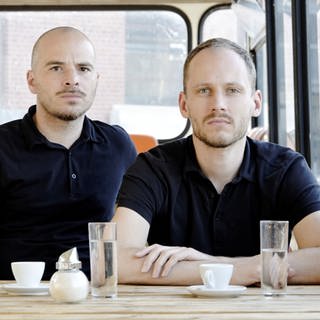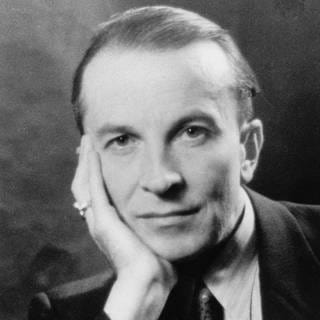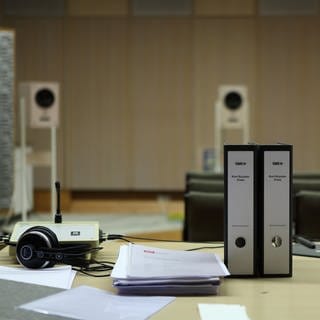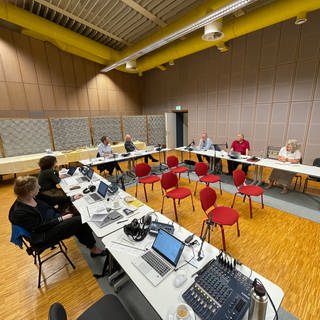"How long is a meter? This question needed to be clarified when a French research expedition set off for South America in 1735. There, scientists were to measure the distance between the equator and the 1st parallel. Based on the result, the absolute length of the meter was to be defined. Among the expedition members was the mathematician and astronomer Charles-Marie de la Condamine. For his return journey, he chose an unexplored route through the Amazon and subsequently wandered almost ten years through the tropical jungle."
(Marcus Gammel)
How does a meter sound? This was the adapted question that we, also on our way to the Amazon and in retracing Condamine's expedition, asked ourselves. Upon arriving in Rio de Janeiro, we quickly lost sight of our intended travel route - perhaps due to the tropical temperatures. Instead, we swiftly decided to radically narrow down the radius in order to track the unknown topography more precisely.
As a tool both on-site and in composition, one of Condamine's methods - triangulation* - served us. It became the central reference point for choosing the location to be explored, as well as for the compositional structuring and formal design of the piece. The approximately 300-meter distance from our accommodation ('capacete') to the three-legged square called 'largo do guimarães', located in Santa Teresa, a neighborhood of Rio de Janeiro, forms the outer framework. Furthermore, as speakers (left and right in the stereo image), we define three axes (left, center, right) with both the listener and the editor - who also speaks. Finally, the listener is confronted with three distinct spatial situations: the field recordings, the studio (with the three speakers), and their own respective space in which bodybuilding sounds.
As a reference to the name and shape of the square, the 'largo do' ( - a largo in C), serves as an extended coda. It is a three-voice recomposition of a guitar piece by the Brazilian composer João Teixeira Guimarães.
The intertwining of original recordings with editing, commentary, and alteration in the studio serves the attempt to present as comprehensive a depiction as possible of an unknown location. This seemingly futile attempt, due to the accumulation of details and associations, eventually leads to a loss of orientation, a failure that nevertheless reveals an alternative cartography through the use of language, environmental sounds, and music. It creates a structure that could be called a "metaspace" - a place that is as close to reality as it is distant from it.
*Triangulation (dividing an area into triangles) is the classic method for creating a trigonometric survey network as a triangulated mesh for geodesy, land surveying, and as a basis for further surveying work.
Duration: 55'53''
Production: Deutschlandradio Kultur 2011
Editor: Marcus Gammel
Speakers: Serge Baghdassarians, Boris Baltschun, Marcus Gammel
Jury Statement
"What begins as a soundscape of a walk in Rio de Janeiro transforms into a workshop discussion in the studio, where the two artists analyze and recompose the previously heard material. Sounds and noises gradually fade behind directorial instructions and the authors' comments, leading to another astonishing turn where a moderator provides a detailed audiovisual description of the soundscape. His absurd digressions evoke a sound theater in the listeners' imagination. The jury was impressed by the virtuosic-ironic handling of the soundscape as a travel report, with radiophony and radio formats."
Competition 2012
This year, 69 competition entries from 16 countries were submitted. The award ceremony took place on October 21 as a public event during the Donaueschinger Musiktage 2012.
The awarding of the prizes was decided by an independent jury chaired by former Minister of State for Culture Christina Weiss on Thursday, July 26, 2012, in Baden-Baden.
The authors
Serge Baghdassarians, born in 1972 in Fürth, studied composition, instrumental pedagogy, and musicology at the University of the Arts Bremen.
Boris Baltschun, born in 1974 in Bremen, studied composition and electronic music at the Institute of Sonology in The Hague.

Since 1999, Serge Baghdassarians and Boris Baltschun have been collaborating in Berlin, realizing their projects as artists and musicians in installations, sculptures, objects, radio pieces, videos, recordings, and performances. Their collaborative works have been experienced in exhibitions and performances in various cities worldwide, including Amsterdam, Berlin, Bremen, Düsseldorf, Szczecin, Stuttgart, Kingston, Brussels, San Francisco, Freiburg, Los Angeles, Oakland, Paris, Stockholm, Ulrichsberg, Warsaw, New York, Singapore, Kuala Lumpur, Rotterdam, Strasbourg, Osaka, Tokyo, Geneva, Prague, Donaueschingen, Dublin, Mart, Vienna, Cologne, São Paulo, Bologna, and Karlsruhe. They have also delivered various lectures on their work. Their radio works produced by Deutschlandradio Kultur include "Audioguide" (2010) and "Bodybuilding" (2011).
